
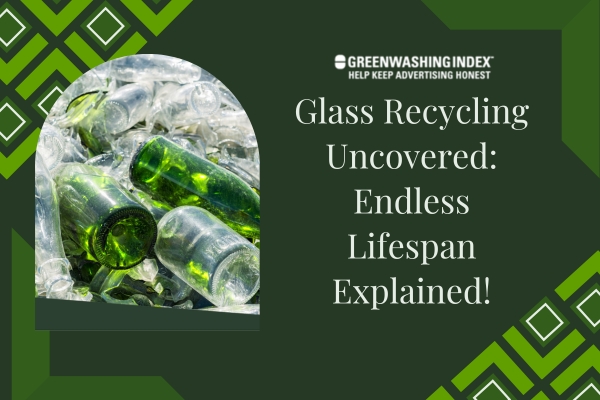
Everyone has bits and pieces of glass at home, from empty pickle jars to the wine bottles of a dinner party. But what do you do with them once they’re empty? That’s where glass recycling makes its grand entrance. Just the sound of it – reusing what’s already been used – feels good, doesn’t it?
Ever wonder if the glass jar that once held your grandma’s apricot jam could tell its story over and over again without getting tired? Well, it can! Because when we talk about recycling glass, we’re talking about a superhero level of reuse. A bottle dumped in the recycle bin doesn’t have to end up in a mountain of trash; instead, it can show off its recycled glory indefinitely without losing any shine or strength.
What You’ll Discover Here
Recycling is amazing, and when it comes to glass, it’s even more special. Let me tell you why glass recycling is something to get excited about.
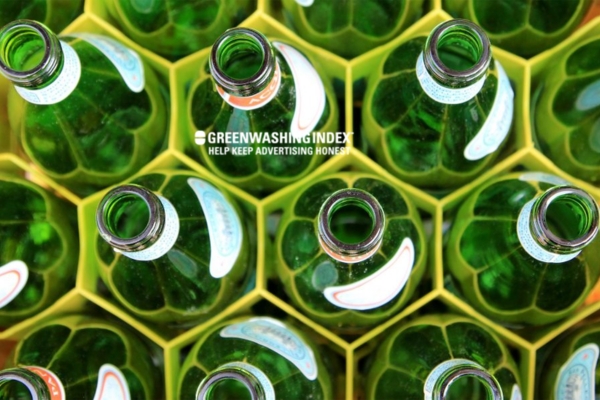
Now, have you ever wondered what happens to the glass bottle once it’s empty? In the world of recycling, glass is like a superhero. It can be recycled over and over again without getting tired or worn out. This means the same piece of glass can keep starting new lives in different shapes and forms endlessly!
Here’s the extraordinary part: each time glass is recycled, it keeps its purity – that means it stays clean and clear. Plus, its quality doesn’t drop, either. It’s as though every time glass gets recycled, it says, “I’m ready for another round!”
So how does this happen? Well, let me give you the ABCs of glass recycling:
What’s magnificent about this process is that there’s no end date on how many times this can happen for any piece of glass – no expiry date on its usefulness! Nothing gets wasted during recycling glass; every bit can be turned into something usable again without adding fresh material or losing any quality along the way.
This ability makes recycling glass one extraordinary loop that helps us save energy and resources – because creating fresh stuff from scratch takes way more work than just reusing what we already have!
To put it simply, think of our planet like your favorite cozy blanket – you wouldn’t throw it away after one use, right? You’d wash and reuse it many times because it stays nice and works great every time – same deal with our friend Glass here!
So next time you finish up your jelly or pickles from their jar, remember: that container’s journey doesn’t have to end there at your kitchen counter…when you recycle, you’re giving that jar another chance at life! It could come back holding anything from apple juice to zesty salsa someday—all while staying true blue top-notch quality-wise!
Imagine if everything worked like that; not much would go to waste at all! That’s why knowing about & practicing glass recycling continually is so vital—it basically makes Mother Nature smile BIG time!
Recycling glass is something that’s important for keeping our planet healthy. I want to talk about how this glass recycling process works. It’s not too tricky, and anyone can understand it if we go step by step.
First things first, it all starts when you finish a bottle of your favorite drink or maybe an empty jar of pickles. Instead of throwing these glass items in the trash, you put them in a separate bin just for glass. That’s the collection part.
Now, let’s walk through what happens next:
Now, isn’t that cool? All those steps make sure that our glass recycling efforts don’t go to waste—pun intended—and help us save resources (like sand since that’s what’s used to make fresh glass) but also let us take better care of our environment since we need less energy compared to starting from scratch each time.
So now you know just how your empty juice bottle or pasta sauce jar gets ready for its next life, thanks to recycling. Isn’t it awesome thinking about how by doing something small like separating our trash, we’re actually doing big things for Mother Earth?
Also Read: Computer Recycling: Green Guide to Old Tech Disposal
When I start to sort out my recycling, I always pay special attention to glass because not all glass can go into the bin. Glass recycling can be a bit tricky. It’s important for me to know what type can be recycled and what cannot. So, let me share some details on that.
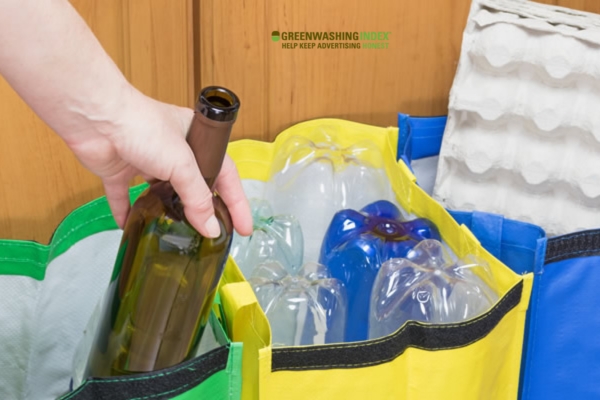
Firstly, there are a few different types of glass items we use every day. Not all of them are okay for recycling programs. Here’s a list of common glass items and whether they can be usually recycled or not:
It’s key to double-check with your local program because rules might vary depending on where you live.
When it comes to actually preparing the glass for recycling, here is a basic list of what you should and should not do – just follow these steps:
Do:
Don’t:
Following these simple guidelines will help ensure that my glass items will have the best chance at a second life after I send them off to recycle!
Also Read: Paper Bags Recycle: A Must-Know Sustainability Guide
Recycling glass is a simple way to help our planet. Here, I’ll talk about how you can turn your waste glass into something useful again. It’s like giving your glass pieces a second life! Let’s take this journey step by step.
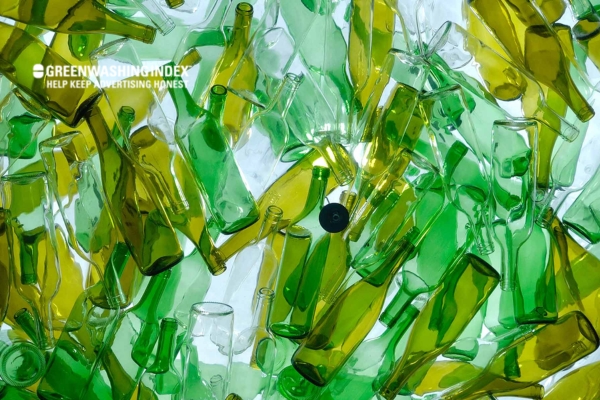
When you think of recycling glass, imagine each piece going on a great trip from being waste in your home to becoming a brand-new product. You play a big role in this adventure! Follow these steps:
Each step matters because you’re helping transform something old into something new — it may seem small, but think of all individual actions adding up across millions of homes; together, we make significant strides towards sustainability with every bottle or jar we send off carefully sorted and cleaned!
Remember – every time we go through these steps with our used-up jars or soda bottles. We’re part of the reincarnation process. It makes that ‘clink’ sound when tossing it into bins much more satisfying, knowing I’m contributing towards careful Glass Recycling efforts worldwide!
Let’s dive deep into what happens after you’ve tossed your glass bottle into the blue recycling bin. It’s fascinating to see the journey of glass recycling and how every bottle has a chance for a new life.
First, your glass gets picked up and taken to a material recovery facility, also known as an MRF. Please think of this place as a big factory where all the things we recycle get sorted out. Here’s what happens there:
This stage at the MRF is crucial because if anything goes wrong here (like mixing colors) or if some other things like plastic are not removed properly, then it can spoil whole batches when making new products.
Remember this process next time you’re about to throw away a jam jar or finish off that soda—that simple act of tossing your bottle into recycling sets off this amazing chain of events at the back end! That’s the ABCs of Glass Recycling for you – ensuring every bit gets turned around for another use without wasting any precious material!
When I think about glass recycling, I imagine it as a simple process where you just drop the bottles and jars into a bin, and they are magically turned into new things. But it’s not always that straightforward. There are actually quite a few challenges when it comes to recycling glass.
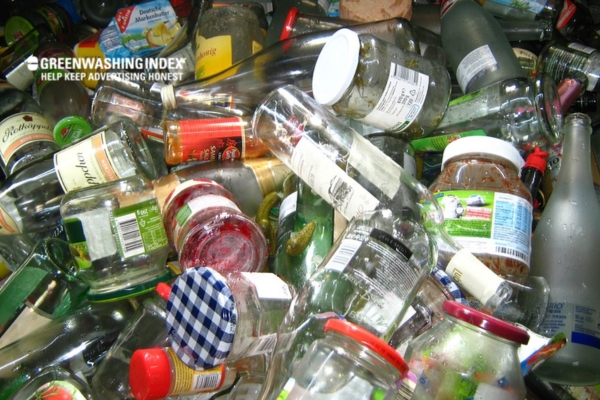
Not all glass is the same. You might have heard terms like tempered or colored glass. These different types of glass often cause problems in the standard recycling programs.
Tempered Glass: This is the toughened stuff you find in car windows, cookware, and some coffee tables. It’s made to be stronger than regular glass so that it doesn’t break easily. Because of how it’s made – treated with heat or chemicals for strength – tempered glass melts at a higher temperature than normal bottle glass. This means if we mix tempered pieces with bottle pieces in one recycling bin, they won’t melt together properly when recycled.
Colored Glass: Then there’s colored glass – think of those beautiful green wine bottles or brown beer bottles you may have in your fridge right now. The color comes from adding different minerals when the glass is made. The trick here is that some recycling programs might only want clear glass because mixing colors can ruin a whole batch of new, recyclable material.
So next time you’re staring at an empty jar or bottle, wondering why recycling isn’t always easy-peasy, remember those factors! Not all types of glasses will fit into what we call ‘glass recycling’ simply because they need special treatment or may even harm the whole recycling process if not separated properly.
It’s sad but true that sometimes these sorts can end up in landfills instead of being turned back into useful items because dealing with them correctly takes extra effort and money – something, not all local councils or waste management companies are prepared to handle.
When I think about glass recycling, I used to wonder why some glass can’t be recycled. But things are changing. Communities and companies are getting smart about handling glass that was once thought tough to recycle. Here’s how they’re working to make pretty much all types of glass recyclable.
Here’s a simple list:
And there you have it: communities and companies are changing the ABCs of glass recycling right before our eyes!
Also Read: Recyclability of Milk Cartons: Is It Possible or Not?
When I think about glass recycling, there’s no doubt it’s good for our world. Let me lay down some clear perks of recycling glass over not giving it another chance in the cycle.
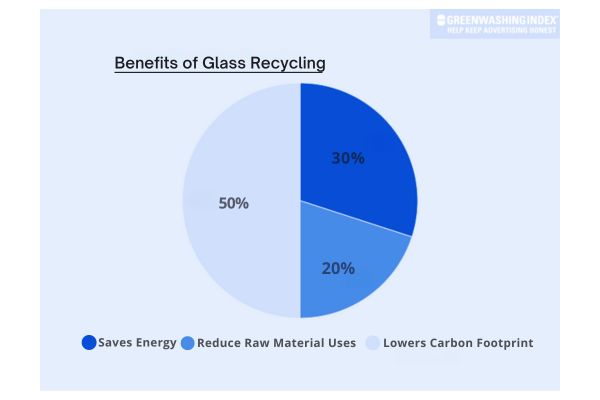
Suppose we have two paths: one where we recycle glass and the other where we just throw it away. The differences are huge when we look at what each path does to our environment.
It becomes quite clear that choosing to recycle gives nature a bit of breathing space — much needed in today’s world! Plus, every little action adds up when many people start doing their part in the ABCs of glass recycling. It’s not magic—it’s just smart!
When I look at the world of glass recycling, it’s clear that experts are always looking for ways to do things better. Everyone wants to make glass recycling more efficient – after all, it can save energy and resources. So, let me share with you some of the advanced strategies that are making a big difference in glass recycling.
I’m really excited about the new technologies out there. These innovations are like game-changers for how we handle glass recycling. They’re all about sorting out the good stuff and getting rid of anything that might cause problems later on.
These new moves in the world of recycling aren’t just minor tweaks; they’re big steps toward making sure no piece of recyclable glass gets missed. And if you think about it – every single recycled bottle counts because one bottle less will end up harming nature.
By using these advanced strategies, we’re really pushing ahead into a future where nothing gets wasted – and everything (including old jars or bottles) gets another chance to shine!
Also Read: Appliance Recycling Essentials: Master Eco-Friendly Disposal
Yes, drinking glasses are often recyclable. Windows, however, can’t always be recycled through regular programs because they contain different materials.
Recycled glass is cleaned and crushed into small pieces called cullets before melting. New glass production starts from raw materials like sand and goes through more energy-intensive processes.
Nope! Glass can be recycled endlessly without losing purity or quality. That’s one great thing about glass recycling—it’s infinitely renewable.

Don't let aphids, slugs, and caterpillars ruin another plant. Take back control with simple, natural methods that actually work.